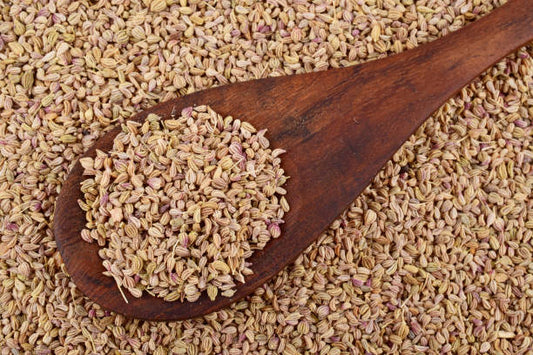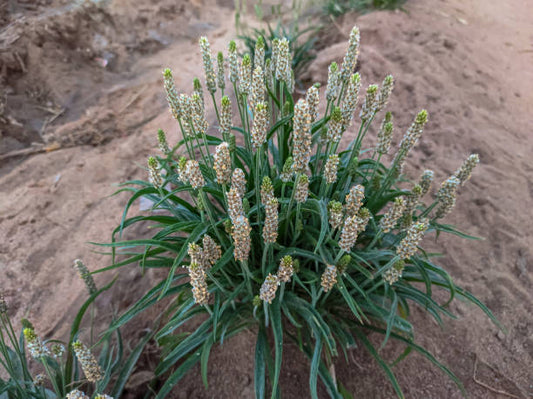Latanoprost is a medication used to treat high pressure inside the eye due to conditions such as open-angle glaucoma and ocular hypertension. It belongs to a class of drugs called prostaglandin analogs and works by increasing the drainage of fluid from the eye, thereby reducing intraocular pressure.
Uses of Latanoprost:
Latanoprost is primarily used to:
- Glaucoma Treatment: Lower intraocular pressure in individuals with open-angle glaucoma.
- Ocular Hypertension: Reduce elevated eye pressure in those with ocular hypertension.
How Latanoprost Works:
Latanoprost works by mimicking the action of prostaglandins, natural substances in the body that play a role in controlling intraocular pressure. By increasing the outflow of aqueous humor (fluid) from the eye, Latanoprost helps lower pressure within the eye.
Benefits of Latanoprost:
- Effective Intraocular Pressure Reduction: Helps prevent damage to the optic nerve associated with elevated eye pressure.
- Once-Daily Dosing: Typically administered once daily for ease of use.
Dosage and Administration:
- Dosage is typically one drop in the affected eye(s) once daily in the evening.
- Follow the prescribed dosage and instructions provided by healthcare professionals.
- Do not use Latanoprost more than once a day, as more frequent use may reduce its effectiveness.
Side Effects of Latanoprost:
While generally well-tolerated, Latanoprost may cause side effects, including:
- Common effects: Eye irritation, blurred vision, and changes in eyelash thickness and color.
- Less common effects: Darkening of the iris, redness, or itching.
- Report any severe or persistent side effects to a healthcare professional.
Precautions:
- Inform healthcare providers about existing medical conditions or medications.
- Use caution in individuals with a history of eye inflammation, lens extraction, or other eye surgeries.
- Remove contact lenses before applying Latanoprost and wait at least 15 minutes before reinserting them.
Interactions:
- Latanoprost may interact with other medications, including other eye drops.
- Inform healthcare providers about all over-the-counter and prescription medications being taken.
Warnings:
- Do not use Latanoprost if there are signs of infection or injury in the eye.
- Use caution in individuals with a history of macular edema or uveitis.
- Latanoprost may cause gradual changes in eye color; these changes may be permanent.
It's important to note that this information is general, and specific details can vary. Always consult with a healthcare professional for personalized advice before using Latanoprost or any medication.
References:
- Drugs.com - "Latanoprost": www.drugs.com/latanoprost.html
- MedlinePlus - "Latanoprost Ophthalmic": medlineplus.gov/druginfo/meds/a603027.html
Author: Nikita Vishnoi BCA












